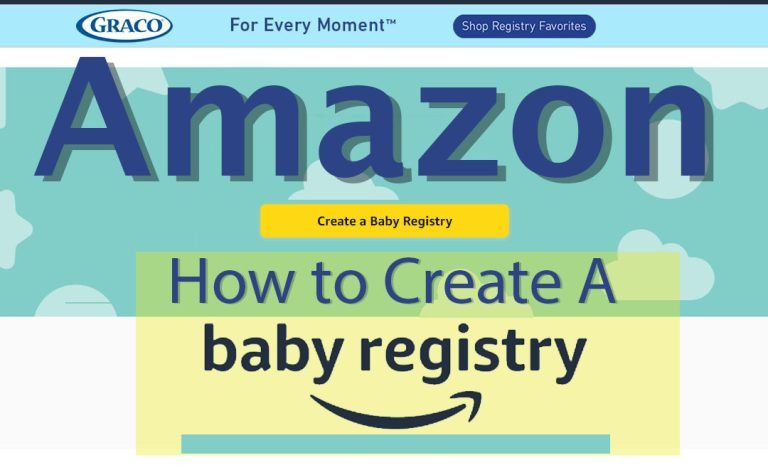A major US-based we’ll name, The large Store was a retailer and online marketplace operator that faced a growing problem with refund and return abuse in 2019. Refund and return abuse costs merchants over $25 billion each year, and The large Store suspected that they were burdened with a significant and rising problem with this type of fraud.
The increase in the refund and return abuse is not just carried out by career fraudsters but also by paying customers using their own credit cards and accounts, which easily bypasses most fraud prevention protections. This makes it difficult for merchants to differentiate between good-paying customers and potential abusers, making the problem uniquely challenging to stop.
An internal investigations were able to link multiple refunds.
The large Store’s in-house fraud investigation team and their internal investigations were able to link multiple refunds to the same user email or address. This confirmed their suspicions that they had a problem with refund abuse when the merchant’s name started popping up in several dark web refund scam publications.
Acting on this lead turned out to be easier said than done. The biggest challenge in curbing refund abuse is that most claims are valid. Experts today estimate that only about 7-10% of refunds are actual abuse.
The next challenge- how do you define abuse?
“Abuse” might mean different things to different merchants, and the boundaries created by this definition must be tailored to each merchant’s needs. In other words, you have first to detect an abuse problem, track it, and assess it before you can put a stop to it.
Analyzing their refund claims for “suspicious” activity
The first step for The large Store was to establish what they considered to be refund abuse. When analyzing their refund claims for “suspicious” activity, which they decided meant three or more claims submitted using one account, email, or home address, The large Store discovered that around 12% of all refund claims met the criteria.
The question remained: what do they do with this information? On the one hand, they could start declining suspicious claims and risk losing loyal customers who might simply have several refund claims due to their high order volume. On the other hand, they could be more lenient with their refund policy and continue to pay unjustified claims in the process knowingly. The large Store was at a crossroads.
Hiring a company that specializes in fraud prevention.
That’s where Riskified, a company that specializes in fraud prevention, stepped in. Riskified’s powerful linking technology, coupled with their unmatched merchant network, offers merchants richer insights. They can determine the true identity behind each online action, including refunds and returns, giving merchants the benefit of seeing the full picture. They also attach a clear abuse rate to each identity, so merchants are able to refuse abusers instantly and anywhere along the shopping journey, and also provide better service to good customers.
How the refund abuse problem was solved.
By analyzing The large Store’s data, Riskified was able to link 35% of the fake identities that submitted claims (in many cases, while using several accounts) to real, non-profitable repeat abusers. Based on this, they were able to determine that, on average, these abusers accounted for more than half of The large Store’s refund abuse problem.
With this information in hand, The large Store was able to take action to stop the refund abuse. They implemented stricter policies for refund and return requests, and also began to decline suspicious claims. They also worked with Riskified to monitor their data and track any potential abuse in real-time, allowing them to take immediate action when necessary.
By implementing these measures, The large Store was able to significantly reduce their refund and return abuse problem. They were able to save millions of dollars in lost revenue and also improve their customer experience by providing better service to their legitimate customers.
Conclusion:
Refund and return abuse is a significant problem that can cost retailers billions of dollars each year. The large Store, a major US-based retailer, faced a growing problem with this type of fraud in 2019. They were able to detect an issue when they noticed an increase in refund claims, and by working with Riskified, a company that specializes in fraud prevention, they were able to take effective measures to stop the abuse. By implementing stricter policies and monitoring their data in real-time, they were able to significantly reduce their refund and return abuse problem and save millions of dollars in lost revenue. Additionally, by providing better service to their legitimate customers, they were able to improve their overall customer experience. Retailers should be aware of the potential for refund and return abuse and take proactive measures to prevent and stop it.








